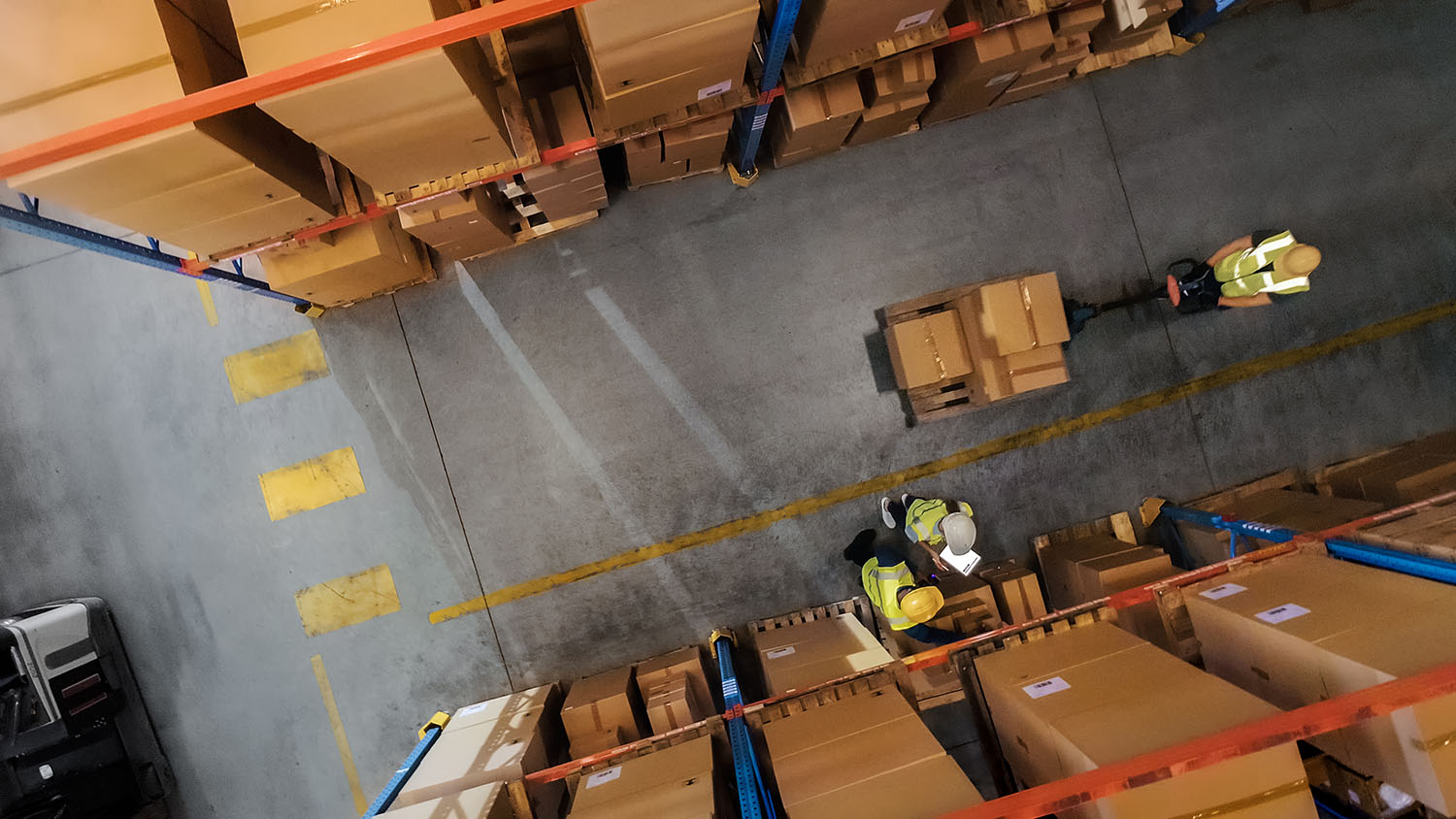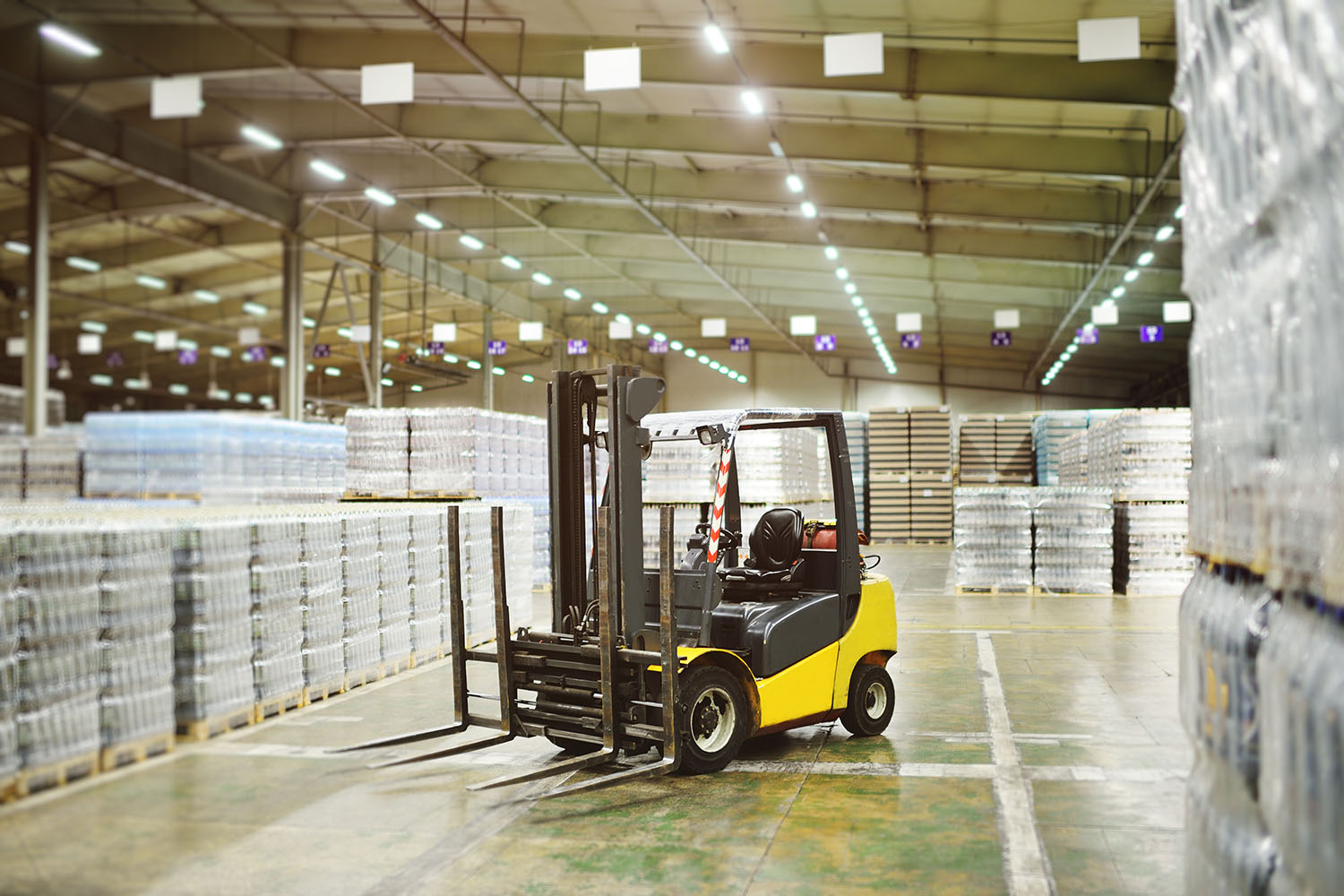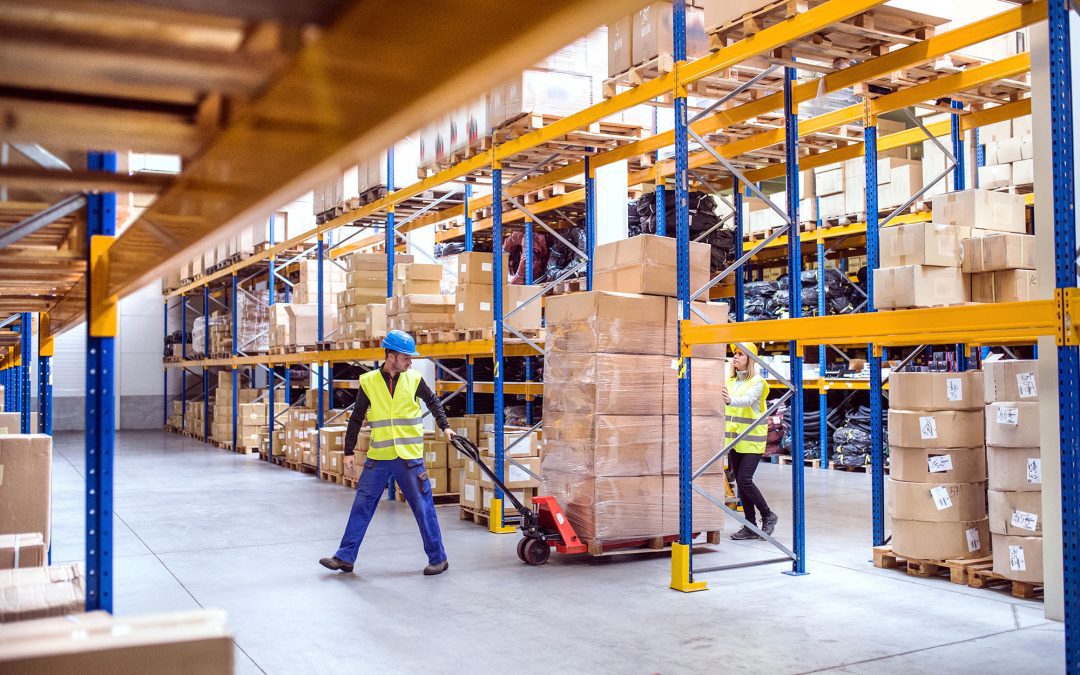The third-party logistics industry is booming, with market size estimated to hit $1.8 trillion by 2026, according to the latest study from Global Market Insights. 3PLs have had to adapt and evolve with changing market trends and increasing demands for accelerated deliveries. Not only has this led to innovations and rapid shifts in 3PL operations, it has also highlighted the need for sophisticated and powerful 3PL warehouse management systems.
As consumer and customer demands have helped to shape the market, so too have global economic changes and pandemic responses. Rapid globalization, increasing consumerism and expanding ecommerce capabilities are some of the key factors driving growth in the 3PL industry.
We take a closer look at these market trends and investigate what the future holds for 3PLs.
Key market trends
Changing consumer demands
The digital shift in consumer behavior has led to the rise of a true omnichannel fulfillment landscape, with customers placing orders online, over the phone, through mobile apps and online marketplaces from all corners of the country. Not only has the way that American’s shop changed, so too have their expectations around delivery speed and personalization.
Consumers want easy home delivery, in-store pickup options, same day or next day delivery, and a truly personalized order experience from the time they make their purchase to when it arrives with them. These expectations have meant that many smaller retail and ecommerce businesses have been unable to meet increasing demands.
To help combat this and keep up with the digitally-empowered customer, ecommerce businesses are outsourcing their fulfillment to third-party logistics providers. 3PLs are able to store, package and ship their online orders faster and more efficiently, filling the gaps in the ecommerce supply chain.
Not only is it often easier for businesses to outsource to 3PLs, it also allows them to cut warehouse and fulfillment costs and provide products to customers at a reduced rate. It goes without saying that cost savings are a top priority for businesses, as well as consumers.
Expanding ecommerce and globalization
Ecommerce is no longer linear, with omnichannel shopping and supply chains, as well as expanding international marketplaces. The rise in globalization and increasing trade activities has changed the fulfillment landscape and been a key driver in the growth of the 3PL market. Meeting the needs of domestic and global networks has required flexible and sophisticated logistics operations, which many standalone ecommerce businesses can’t manage. 3PL providers have proven to be able to deliver on these requirements and at a much higher capacity.
Along with the expanding global network, growth in the ecommerce sector has driven more and more businesses to seek more capable and innovative distribution options. While brick and mortar retail has seen a downturn, it’s the full breadth of shopping options that consumers want, with advanced ecommerce capabilities and a convenient retail experience.
To achieve success in today’s ecommerce environment, businesses are investing in a solid underlying technology and finding the right 3PL partners with state-of-the-art 3PL warehouse management systems to handle their products and orders.
The COVID-19 pandemic
The arrival of the pandemic in early 2020 marked a lasting shift in consumer behavior and industry disruptions across the supply chain. With many stores and retail businesses experiencing dramatic decreases in foot traffic, lockdowns also presented consumers with more time and reasons to shop online.
In 2020, ecommerce sales soared with an estimated increase of 45%, compared to 2019 sales. These figures continued to increase in 2021 as further restrictions were introduced and consumers settled into new online habits.
On top of this, dramatic constraints were felt in labor and workforce leading to significant impacts on global supply chains. More than half of 3PL shippers (58%) experienced a 25% reduction in supply chain operations. While for many businesses this presented critical roadblocks, it also signaled a reliance on larger 3PL operators that were able to adapt and keep up with demand and capacity.
The future for 3PLs
The dramatic changes of the last few years have highlighted the need for 3PLs and other distributors to invest in innovative technology and versatile software, from highly capable 3PL warehouse management systems to robust shipping solutions.
According to 3PLStudy, most 3PLs are focusing on improving five industry areas in response to the pandemic and supply chain disruptions. According to respondents, in order of priority these are: data analysis and visibility (50%), labor management and scheduling (48%), domestic transportation and logistics (38%), and warehouse distribution and operations (38%).
John Langley, director of development at the Center for Supply Chain Research at Smeal College of Business at The Pennsylvania State University, reiterated the need for these future-proofing tactics, saying that there is “a greater need for meaningful and productive relationships between logistics providers and customers to ensure supply chain resiliency, with a more profound emphasis on data, analytics, technology, risk management and digital solutions,”.
Innovations in 3PL software and shifts in technology like the development of artificial intelligence, the Internet of Things (IoT), and Blockchain, will help 3PL go from strength to strength and lead to continued growth in the industry.
If you’re looking for the most powerful and comprehensive 3PL solution to ensure you can deliver on current and future demands, Da Vinci is here to help. Get in touch with our team of experts today.



